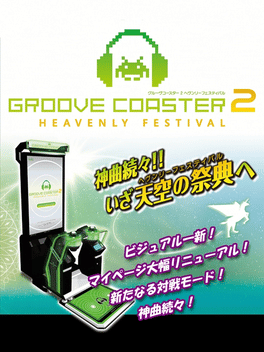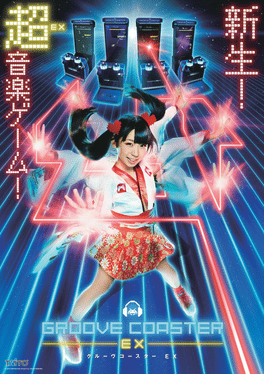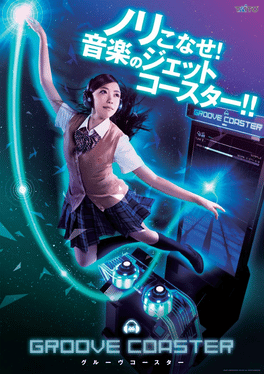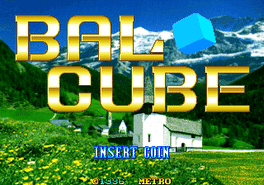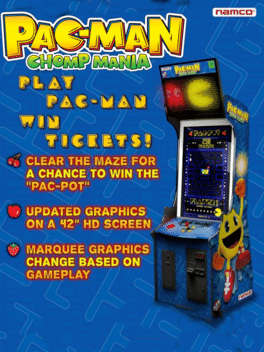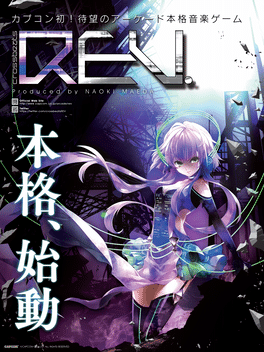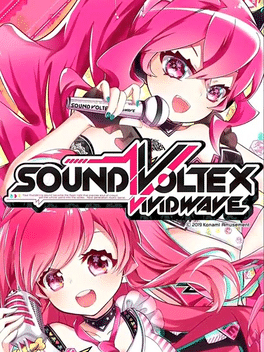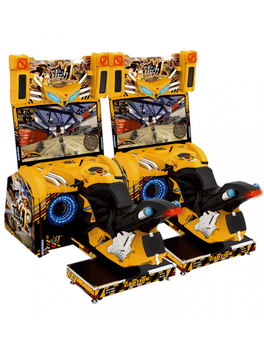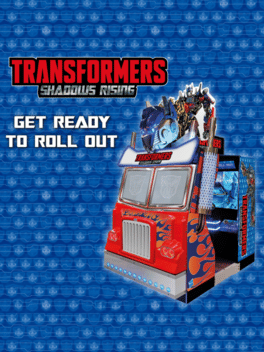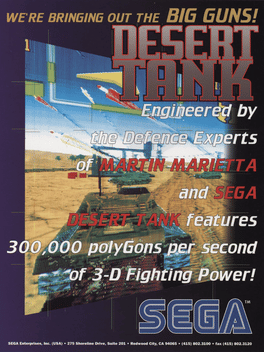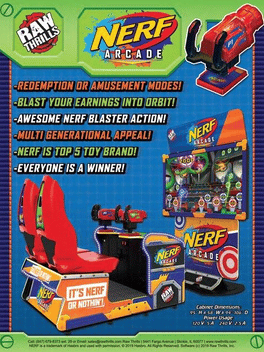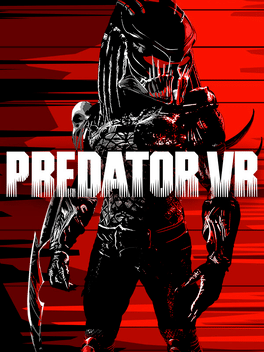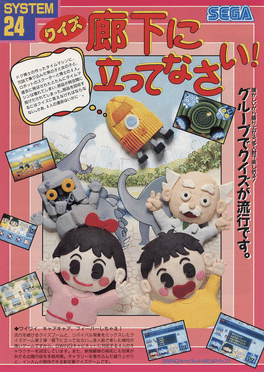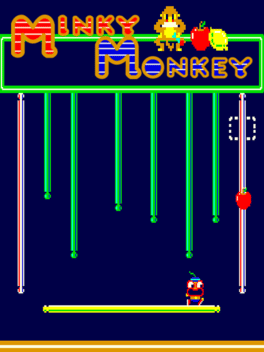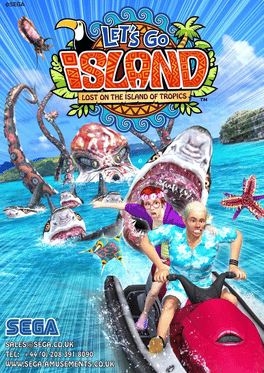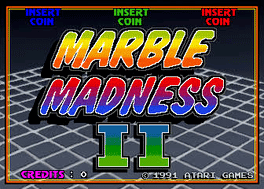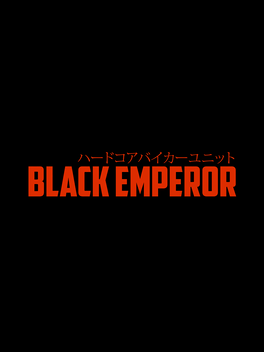Most Popular Arcade Games - Page 62
-
Groove Coaster 2 Heavenly Festival
2015
The second installment in the Groove Coaster arcade series released by Taito. -
Groove Coaster EX
2014
-
Groove Coaster AC
2013
-
Bal Cube
1996
Bal Cube
1996
Bal Cube is a ball and paddle type arcade game that gives two players control over their own bouncing ball shaped like a cube or "bal cube." Unlike Arkanoid, instead of controlling horizontal movement of a paddle at the bottom of the board, players horizontally control their bal cube destroying blocks in the level and making use of stationary paddles on the floor that temporarily disappear when used. Players can interfere with their opponent by making combos and sending ghost blocks. -
Pac-Man Chomp Mania
2016
-
crossbeats REV.
2015
-
Storm Rider
Experience super-fast motorbike racing like never before. Choose from 10 bikes and then take on Storm Riders 11 tracks based in 3 major location; Harbour, Forest and the Old Flight Facility. Step on to Storm Rider and unleash the speed! -
Transformers: Shadows Rising
2018
If you enjoyed Sega’s first arcade foray into the Transformers franchise after they released Transformers: Human Alliance back in 2011, then you are in luck as they have launched a sequel. We’ve been covering the progression of Transformers Shadows Rising since it first appeared at Amusement Expo 2018. -
Desert Tank
1994
-
Rabbids Hollywood
2018
Rabbids Hollywood
2018
Are you a sharpshooter? Compete with buddies to stop the Rabbids invasion of Hollywood. Shoot all the crazy creatures during a four-player adventure and explore 3 different movie sets. -
Winter X Games SnoCross
2012
SnoCross is the latest racer from Raw Thrills. A 42″ LCD panel for HD graphics and a motion seat allows players to feel like they are part of the action. SnoCross has 6 snowmobile racers, 6 killer sleds, and insane custom upgrades. Plus travel the world by riding on 7 intense tracks in France, Antarctica, China, Alaska, Washington D.C., Moscow and Colorado. This game is officially licensed from ESPN and racers are able to perform the same sick tricks as seen in the X Games. Huge airtime gives you even more time to try crazy tricks. Throw snowballs at your opponents to battle for the lead. You can also share your scores to Facebook via personalized QR codes. -
NERF Arcade
2019
-
Predator VR
2020
Predator VR
2020
Look for Predator VR exclusively in VR arcades. Predator VR drops you into the explosive action of the 1980’s blockbuster movie in the ultimate VR showdown between an overpowering Alien hunter and an elite soldier. Multiplayer, Soldier Campaign and Predator Rampage modes. -
Quiz Rouka ni Tatte Nasai!
1991
Quiz Rouka ni Tattenasai! is an arcade game revolving around solving quizzes. -
Minky Monkey
1982
Minky Monkey
1982
Minky Monkey was produced by Technos in 1982. You control a red boy who must bring fruits to the blank square in order to complete the message. -
Marble Man: Marble Madness II
A sequel for Marble Madness. The game was cancelled before release, but there were at least 3 machines known to exist. The game was dumped and made available on the internet in 2022. -
Black Emperor
2017
Black Emperor
2017
Black Emperor is an arcade game about speed, death, and rock & roll. It is a single player game that has the player keep their motorcycle on the screen in postwar Japan. Black Emperor combines the power of classic action arcade games with Japanese psychedelic rock and the Bosozoku motorcycle culture.
